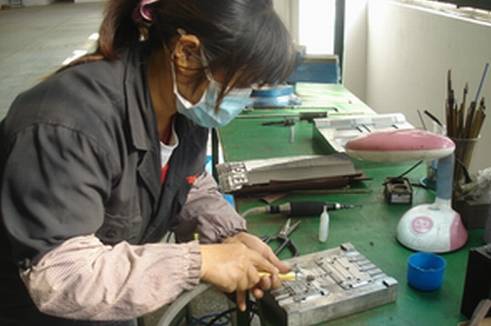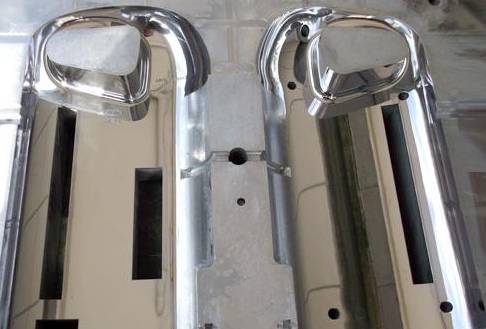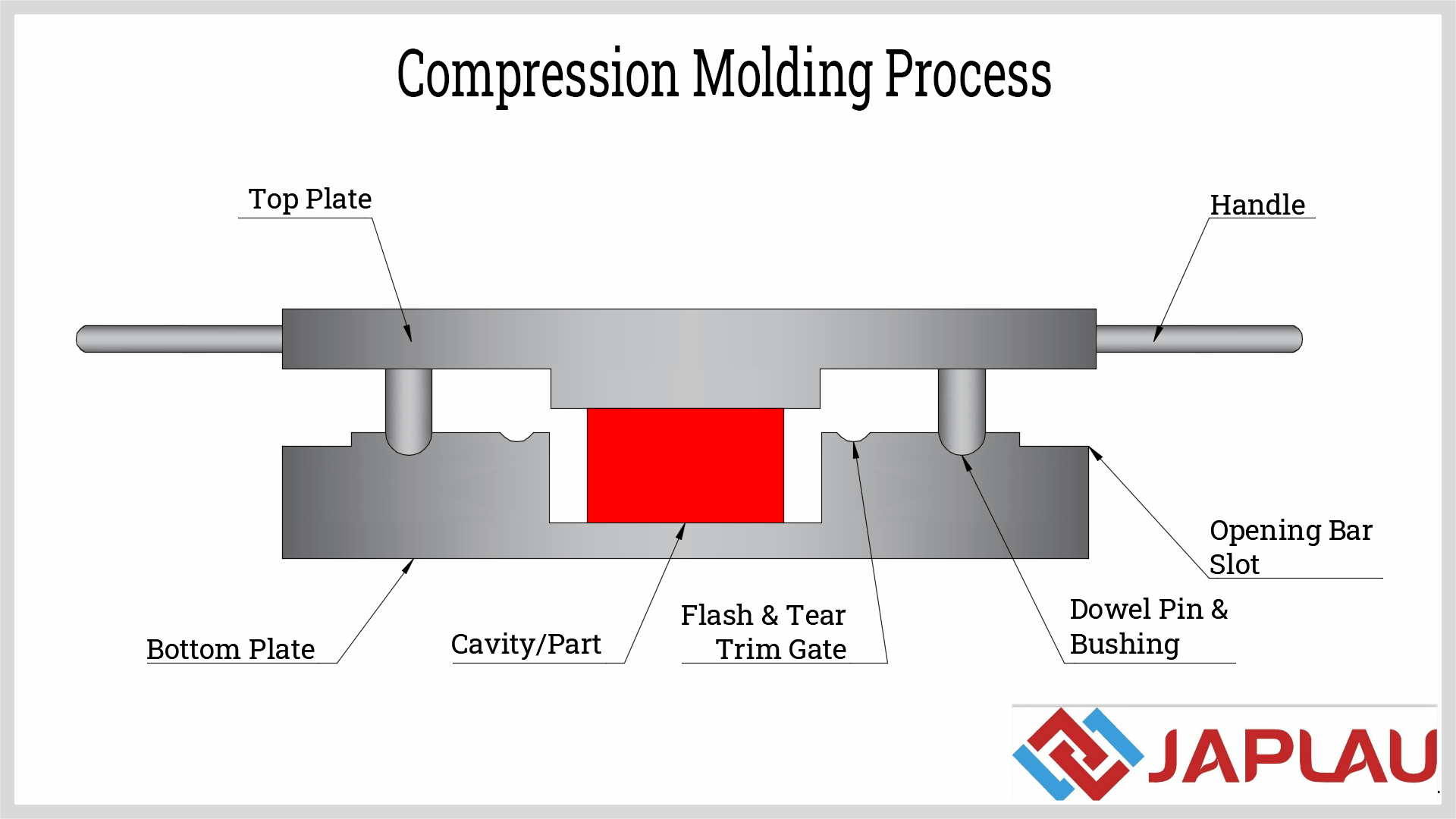1. Rubber Mold polishing method and working principle
Mold polishing usually uses oil stone strips, wool wheels, sandpaper, etc. to make the surface of the material plastically deform and remove the protrusions on the surface of the workpiece to obtain a smooth surface. Generally, manual operations are the main method. If the surface quality is high, the method of superfine polishing can be adopted. Superfine polishing uses a special abrasive tool, which is pressed tightly on the surface of the workpiece to be processed in the polishing liquid containing abrasives, and performs a high-speed rotating motion. Polishing can reach the surface roughness of Ra0.008μm.
2. Commonly used tools and specifications for mold polishing
The commonly used tools for mold polishing are: sandpaper, oil stone, felt wheel, abrasive paste, alloy file, diamond grinding needle, bamboo chip, fiber oil stone, and circular rotary grinder.

Sandpaper: 150#, 180#, 320#, 400#, 600#, 800#, 1000#, 1200#, 1500#;
Whetstone: 120#, 220#, 400#, 600#;
Taped wheels: a cylindrical, conical, square tip;
Grinding paste: 1# (white) 3# (yellow) 6# (orange) 9# (green) 15# (blue) 25# (brown) 35# (red) 60# (purple);
Files: square, round, flat, triangular, and other shapes;
Diamond grinding needle: generally 3/32 shank or 1/8 shank, with circular waveform, cylindrical shape, long straight column shape, and long circular cone shape;
Bamboo slices: Various shapes are suitable for the operator and the shape of the mold. The function is to press the sandpaper and grind on the workpiece to achieve the required surface roughness;

Fiber oil stone: 200# (black) 400# (blue) 600# (white) 800# (red)
3. Polishing process
(1) Coarse throwing
The surface after fine milling, EDM, grinding and other processes can be polished by a rotary surface polishing machine with a rotating speed of 35000-40000 r/min. Then manual whetstone grinding, strip whetstone plus kerosene as lubricant or coolant. The order of use is 180#→240#→320#→400#→600#→800#→1 000#.
(2) Semi-fine polishing
Semi-fine polishing mainly uses sandpaper and kerosene. The number of sandpaper is as follows: 400#→600#→800#→1000#→1200#→1500#. In fact, #1500 sandpaper is only suitable for hardened mold steel (above 52HRC), not for pre-hardened steel, because it may cause surface damage of pre-hardened steel parts, and the expected polishing effect cannot be achieved.
(3) fine polishing
Fine polishing mainly uses diamond abrasive paste. If the polishing cloth wheel is mixed with diamond grinding powder or grinding paste for grinding, the usual grinding sequence is 9μm (1800#) → 6μm (3000#) → 3μm (8000#). 9μm diamond abrasive paste and polishing cloth wheel can be used to remove hair-like grinding marks left by 1 200# and 1 500# sandpaper. Then use sticky felt and diamond abrasive paste for polishing, the order is 1μm (14000#) → 1/2μm (60000#) → 1/4μm (100000#).
4) Polished working environment
The polishing process should be completed in two separate work locations, that is, the rough grinding processing location and the fine polishing processing location are separated, and attention should be paid to cleaning the sand remaining on the surface of the workpiece from the previous process.

Generally, after rough polishing with oilstone to 1200# sandpaper, the workpiece needs to be transferred to a clean room for polishing to ensure that no dust particles in the air stick to the surface of the mold. The polishing process whose precision is required to be above 1 μm (including 1 μm) can be carried out in a clean polishing room. For more precise polishing, it must be in an absolutely clean space, because dust, smoke, dandruff, and saliva may scrap the high-precision polished surface.
After the polishing process is completed, the surface of the workpiece should be protected against dust. When the polishing process is stopped, all abrasives and lubricants should be carefully removed to ensure that the surface of the workpiece is clean, and then a layer of mold anti-rust coating should be sprayed on the surface of the workpiece.
Copyright © JAPLAU All Rights Reserved Technical Support:  https://new.cnzz.com/v1/login.php?siteid=1278629928 Sitemap
https://new.cnzz.com/v1/login.php?siteid=1278629928 Sitemap